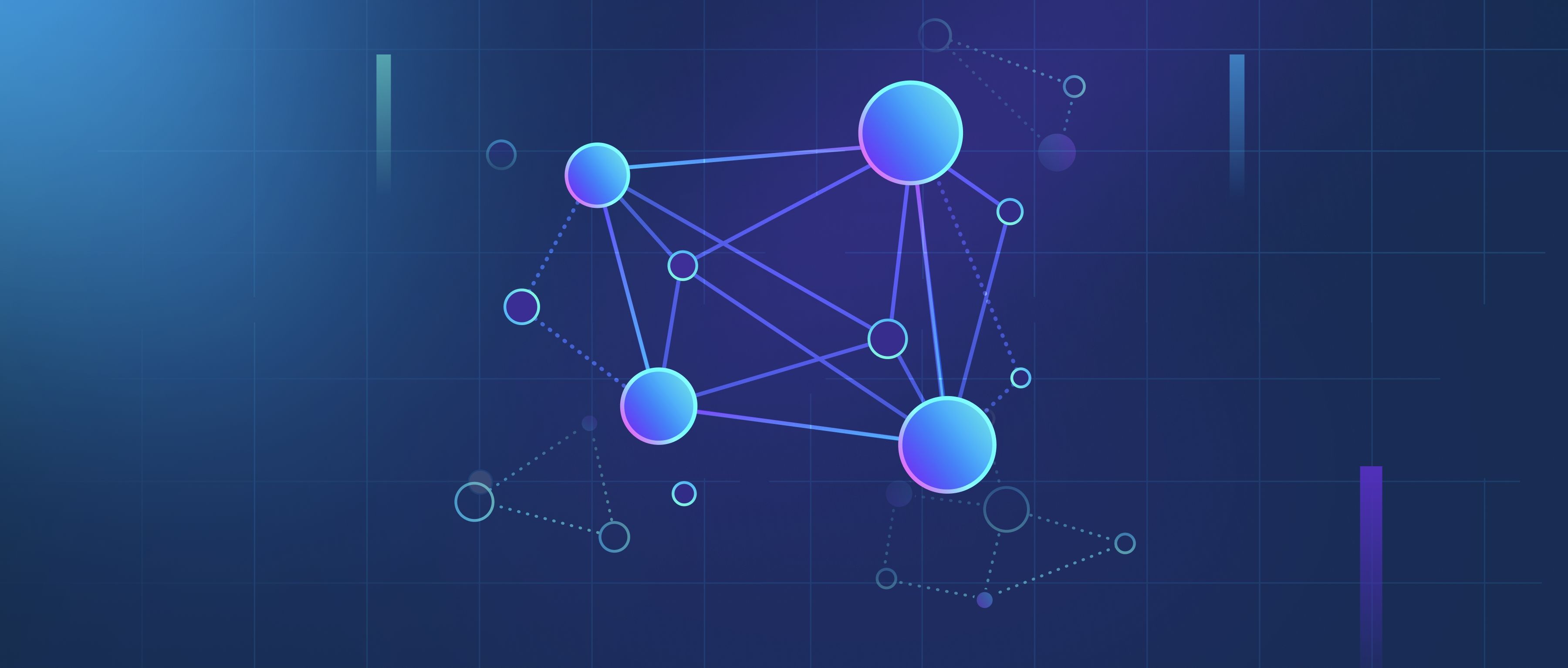An autoencoder is a type of neural network designed to learn an efficient representation (encoding) of input data. It consists of an encoder and a decoder. The encoder compresses the input into a lower-dimensional space, while the decoder attempts to reconstruct the input from this compressed representation.
Autoencoders are commonly used for dimensionality reduction, anomaly detection, and data denoising. For example, they can be applied to remove noise from images or reduce the number of features in a dataset while retaining important information.
Variants of autoencoders, such as variational autoencoders (VAEs), introduce probabilistic elements to the encoding process, allowing them to generate new data samples, like images or text.
